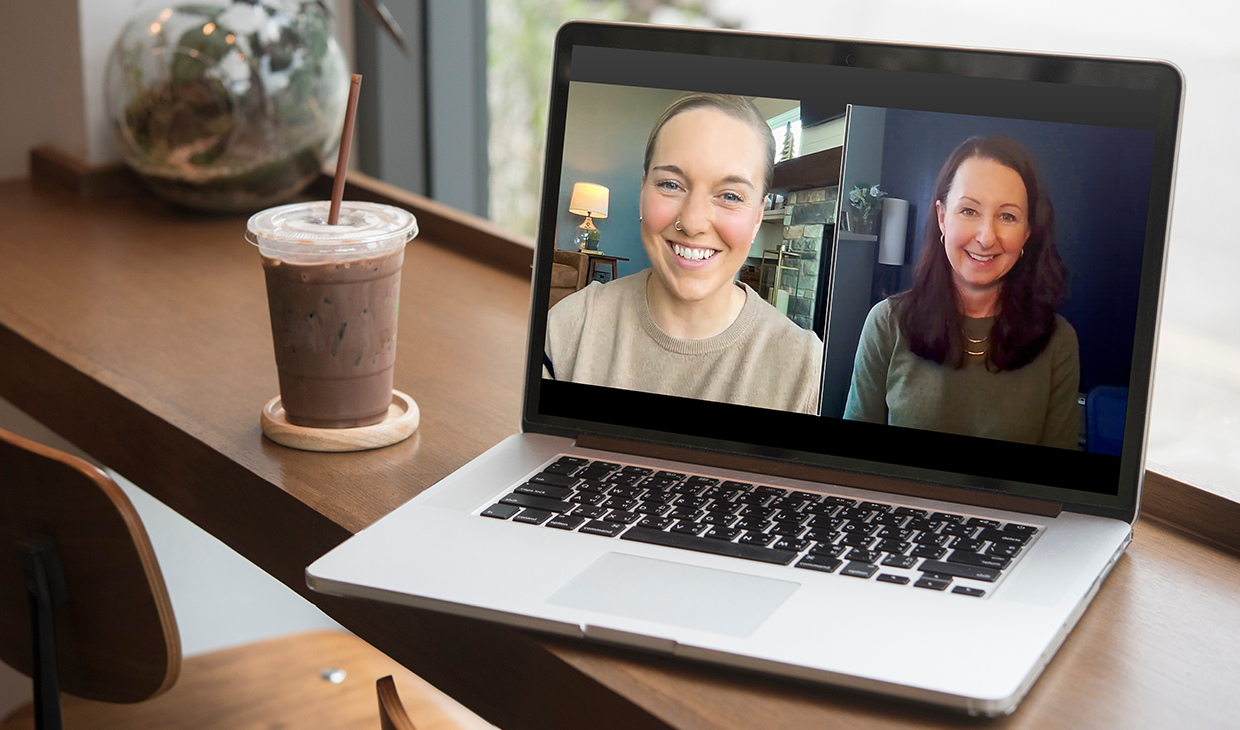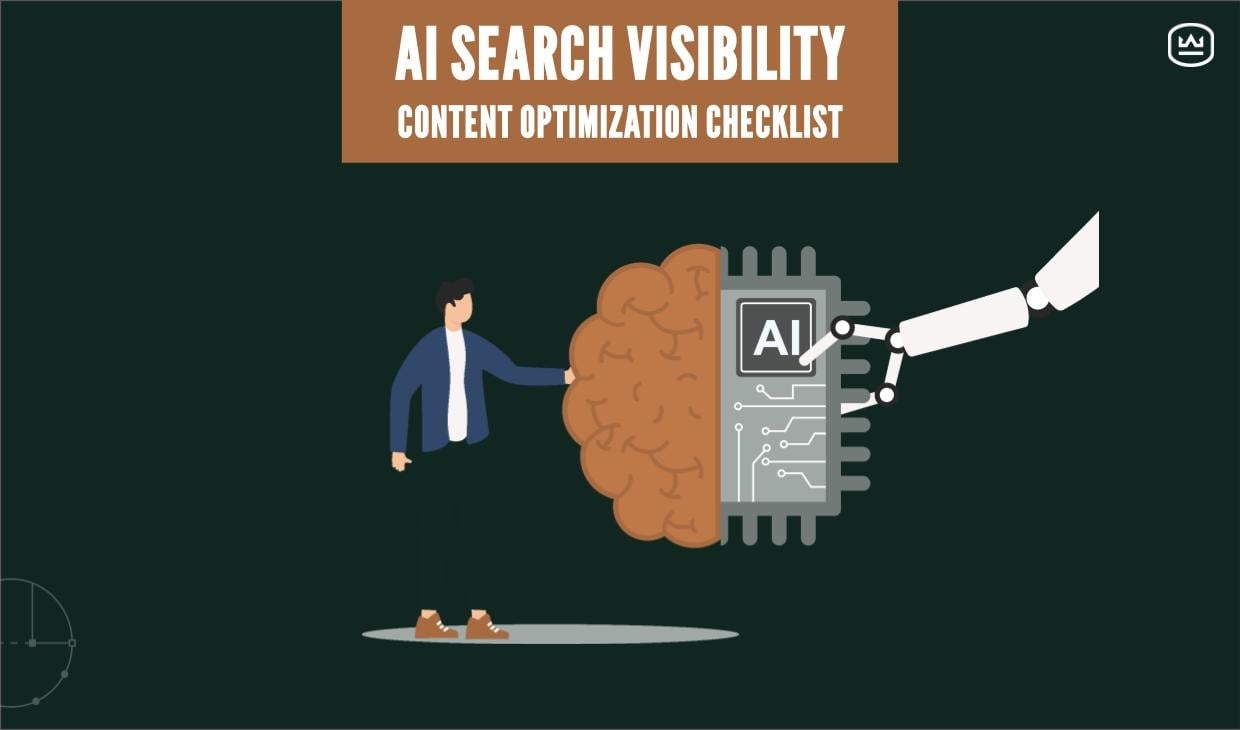Top 6 B2B Marketing Trends & Strategies for Complex Industries in 2024
Written by
When you prepped your 2024 B2B marketing plan, did it include a plan to address the most disruptive technology innovation since the 1990s?
The advent of the internet fundamentally transformed marketing from traditional, one-way communication channels to a complex, interactive, digital landscape. That shift empowered consumers and B2B customers in new ways, with unprecedented access to information and choice.
At the same time, it enabled B2B marketers to leverage data-driven insights and a global reach in delivering helpful inbound marketing content that converts visitors into leads, guide the buyer’s journey, and even shorten long B2B sales cycles.
But the transition wasn’t easy and it didn’t happen overnight. The complexity of B2B and industrial manufacturing and the initially slower adoption of digital tools meant it took time to make the shift. Marketing departments were often at the forefront of their companies’ digital transformations.
Today, many industries have entirely digitalized operations; artificial intelligence is now the disruption. With it come significant risks to marketers as individuals — and at the same time, new opportunities for marketing teams to achieve greater relevance and drive growth.
Here are six strategies and trends to consider as you kick off your 2024 marketing plan.
- Artificial Intelligence: Procrastinate at Your Own Risk
- New Talent Strategies: Upskill to Build & Grow Teams
- Redefine Marketing’s Role Amid Change
- Build RevOps Connections & Grow Trust Across the Enterprise
- Embrace a Lean Mindset for Profitable Growth
- Discover & Act on Catalytic Marketing Opportunities
1. Artificial Intelligence: Procrastinate at Your Own Risk
In 2023, we partnered with Databox to launch a survey and benchmark group for B2B industrial marketers. As of December 2023, only 30% of respondents to the State of Industrial Sales and Marketing survey said they weren’t using any AI tools in their efforts.
It’s time for a wake-up call. Marketers’ reluctance to explore AI use cases creates a technology gap that could quickly swell into a competitive disadvantage — for individual marketing practitioners, departments, and whole organizations.
We need to recognize that AI’s more than a tool for efficiency improvement and automations. It can be a strategic asset to help marketers hand off their most repetitive and tedious tasks, access data-driven insights faster, hyperpersonalize communications and user experiences, and get a lot more mileage out of the content we create.
The flip side? Teams are going to need to move fast, stay nimble, keep learning, and find ways to redefine the human value of our work — or risk being left behind.
LEARN MORE IN OUR COMPLETE AI SERIES HERE
2. New Talent Strategies: Upskill to Build & Grow Teams
AI’s rise is sparking demand for new skills. Marketers at every level should expect to embrace continuing education and training opportunities. That’s how our teams will discover their most effective AI use cases, take advantage of emerging tools, and develop standard processes to support efficiency at scale. It’s also the best way for us to find ways to amplify the human value we can bring to the job.
There are plenty of good reasons organizations are investing in professional development and education for marketing teams:
- Amid low unemployment, developing skills on existing teams makes pragmatic sense
- As AI advances, marketing professionals will want to keep their skills current, and may be on the lookout for roles with learning opportunities baked in
- Best practices are a moving target as AI capabilities and use cases rapidly evolve
- When employees are competent and comfortable with new tools, they’ll be more able to use them effectively, efficiently, and responsibly
- Greater awareness of AI capabilities can help more employees identify use cases across functions, processes, and workflows
The technology is advancing faster than any one person can keep pace, so team training is crucial. Employees who lean into learning will be better equipped to bring strategic thinking to the table.
AI-augmented creative processes can make it faster and easier to get from concept to campaign. AI-assisted data analysis can help uncover insights you might otherwise miss. AI-enabled automations can help free up employees’ time — and minds — to deliver more deeply human value.
And employers who promote and support professional development in technology are likely to attract and retain their most valuable resources: their best people.
3. Redefine Marketing’s Role Amid Change
As the digital transformation spread across organizations, it brought with it new levels of value and trust in data. It also brought a lot more data, in terms of sheer volume. Marketing stakeholders have grown increasingly data-savvy and demanding. Leadership wants greater visibility into lead attribution and ROI for their marketing budgets. At the same time, it’s increasingly difficult to maintain the website traffic and conversion rates that were once the metrics by which marketers measured success.
The days of incremental inbound program adjustments and SEO tweaks aren’t over, but they don’t hold the power they once did. Expect AI to play a growing role in optimizing for search and user experience, and anticipate increasing pressure to prove Marketing’s value to the organization.
That means experts will need to be able to not just solve the challenges and meet KPIs, but tell the story of why and how they did it — to highlight the expertise they provide.
Many marketing teams should expect to reposition themselves and learn how to work hand-in-glove with Sales and Service, taking a revenue operations, or RevOps, approach. It’s a natural result of the digital transformation that’s breaking down organizational silos, aligning departments around shared goals and KPIs, and integrating workflows and data sharing so Marketing, Sales, and Customer Service can inform, support, and continuously improve one another.
Additional Reading: Choosing B2B Marketing Channels & Formats: Engage Buyers On Their Turf & Terms
4. Build RevOps Connections & Grow Trust Across the Enterprise
To be effective, marketing strategy is interwoven into an enterprise growth strategy that cuts across departments. That requires close collaboration centered around clear objectives, real-time metrics, and seamless handoffs.
Revenue teams that share a single source of truth are poised for successful collaboration and coordination. When Marketing, Sales, and Service share one CRM — or at very least, integrate CRMs so their data is shared — it’s easier and more intuitive to integrate workflows, align KPIs, and establish service level agreements that unite whole revenue teams around insights from current customers and strong prospects.
With trust built on shared data visibility, Marketing can become a trusted advisor to Sales. Sales can provide real-time customer insights to guide new marketing strategies. And continuous feedback from Service helps bring the customer journey and lifecycle to life.
That interdependence requires trustworthy data — and connections at the human level. With empathy and transparency, RevOps teams can build mutual understanding, uncover waste, align processes, and boost efficiency.
5. Embrace a Lean Mindset for Profitable Growth
Data visibility does more than establish a shared truth. It also helps get more eyes on processes, workflows, and performance data. And that, in turn, can help surface opportunities get tasks done faster, improve efficiency, eliminate redundancies, and reduce process waste.
When Marketing and Sales share access to real-time data and visualizations, waste becomes easier to see. Duplicated efforts, repetitive outreach, disjointed handoffs — they can be identified, addressed, and streamlined. Response times quicken. Lead qualification accelerates. Sales cycles shorten.
With discipline, growth and profitability can rise in tandem:
- Marketing drives lead volumes, conversions, and speed
- Sales can more effectively close deals and upsell and cross-sell for bigger deals
- Service improves customer retention and optimizes customer lifetime value while advocating for the customer
A RevOps mindset recognizes that unified departments amplify each others’ impacts, and uncovers more ways to improve the bottom line than driving revenue.
6. Discover & Act on Catalytic Marketing Opportunities
Disruption isn’t all gloom and doom. The transformational energy can inspire marketers to find new strategies to connect with target audiences by creating catalytic experiences that capture attention and imagination to drive more meaningful engagement.
What’s a catalytic experience, and how does it fit into your disruption navigation strategy? According to Gartner, as content proliferates, customers are more likely to disengage. So rather than go all-in on a “more is more” approach, organizations should look for — and create — meaningful, arresting experiences that have the potential to shift paradigms and inspire customers to think and act in new ways.
Think of catalytic marketing as a spark that sets off a chain reaction rather than a feature-benefit based campaign.
It’s about a memorable, transformative experience that resonates deeply, builds connection, and incites action. It creates new opportunities to establish and demonstrate leadership while influencing industry trends and practices.
Jump Start Your 2024 Marketing Plan
A disruptive force like AI is too all-encompassing for any one person to handle. Navigating transformations like this requires teamwork, trust, and tight alignment between Marketing, Sales, and Service. Start learning more about what’s possible in RevOps alignment with our free ebook. Click the link or below to get your copy now.
Subscribe To Our Blog
Information. Insights. Ideas. Get notified every time a new Weidert Group blog article is published – subscribe now!
You May Also Like...

Search Engine Optimization
How Falcon Rebuilt Industrial AI Search Visibility in 2025

Search Engine Optimization
The New Search Visibility Checklist for AI-Era Content Marketing

Search Engine Optimization
SEO Isn’t Dead. It’s Evolving: How B2Bs Can Stay Visible in the Age of AI
Accelerate Your Growth with
Weidert Group
If you’re ready to explore a partnership, request a personalized consultation with our team.

